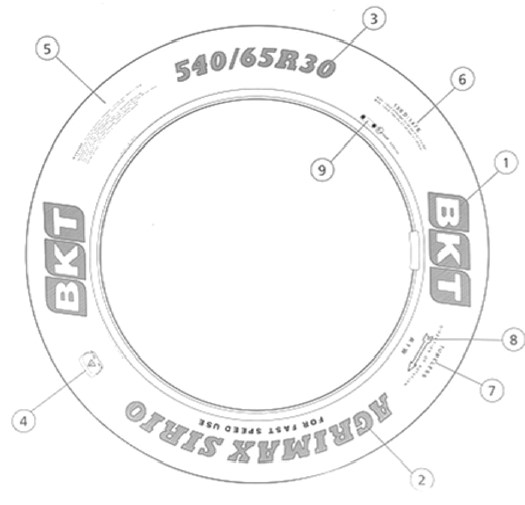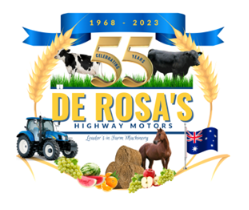The speed rating of your tyre shows you the maximum speed the tyre can take based on legal safety testing’s. Speed rating is categorised by letters, with each letter representing a different speed rating.
| Speed Symbol | Speed km/hr |
| A1 | 5 |
| A2 | 10 |
| A3 | 15 |
| A4 | 20 |
| A5 | 25 |
| A6 | 30 |
| A7 | 35 |
| A8 | 40 |
| B | 50 |
| C | 60 |
| D | 65 |
| E | 70 |
| F | 80 |
| G | 90 |
| J | 100 |
| K | 110 |
| L | 120 |
| M | 130 |
| N | 140 |
| P | 150 |
How to find the speed rating on your tyre?
You will find the speed and load rating of your tyre on the sidewall of your tyre. It normally is next to the tyre size. It will be a combination of numbers and letters.
How do I read the speed rating?
Speed rating is categorised by letters, with each letter representing a different speed rating.

- Brand Name
- Sub Brand Name
- Tyre Size
- Safety Symbol
- Safety Warning
- Load & Speed Index
Load, speed & Pressure details - Type of tyre
- Direction if rotation
Why does load rating go together with speed rating?
Speed Rating indicates the maximum speed that a tyre can carry a load, based on its load index, in service conditions specified by the tyre manufacturer.
What would happen if I exceeded the recommended speed rating?
It may be tempting to exceed the speed rating of your tyres (especially if you are pressed for time, or sick of going slow). But does it matter? The answer is yes it does matter. If you exceed the recommended speed rating of your tyre, you are putting your tyres in a vulnerable position for failure. Your tyres may not perform like normal, the tyres life span will be reduced, and you run the risk of sidewall damage – which could result in an accident.
For your safety, each tyre is tested and passed at a recommended speed rating by the manufacturer. It is highly important obey the tyres speed rating.
What is the right speed rating for your machine?
The right speed rating for you is based on what load your machine needs to carry. Typically off-road machines have a high load rating and a lower speed rating.
IF and VF tyres can help you carry a higher load
FORMULA TO CALCULATE CARRYING CAPACITYS AT DIFFERENT SPEEDS
Load capacity @ 30km/h is the load carrying capacity the formula is based on.
25km/h, additional 7% of the capacity @ 30km/h
20km/h, additional 20% of the capacity @ 30km/h
15km/h, additional 30% of the capacity @ 30km/h
10km/h, additional 40% of the capacity @ 30km/h
To convert drive wheel carrying capacity to free-rolling capacity, divide by 0.85.

Drive Wheel
The tyre being used to pull the machine
30% less load capacity
Free Rolling
The tyre being pulled
30% more load capacity











